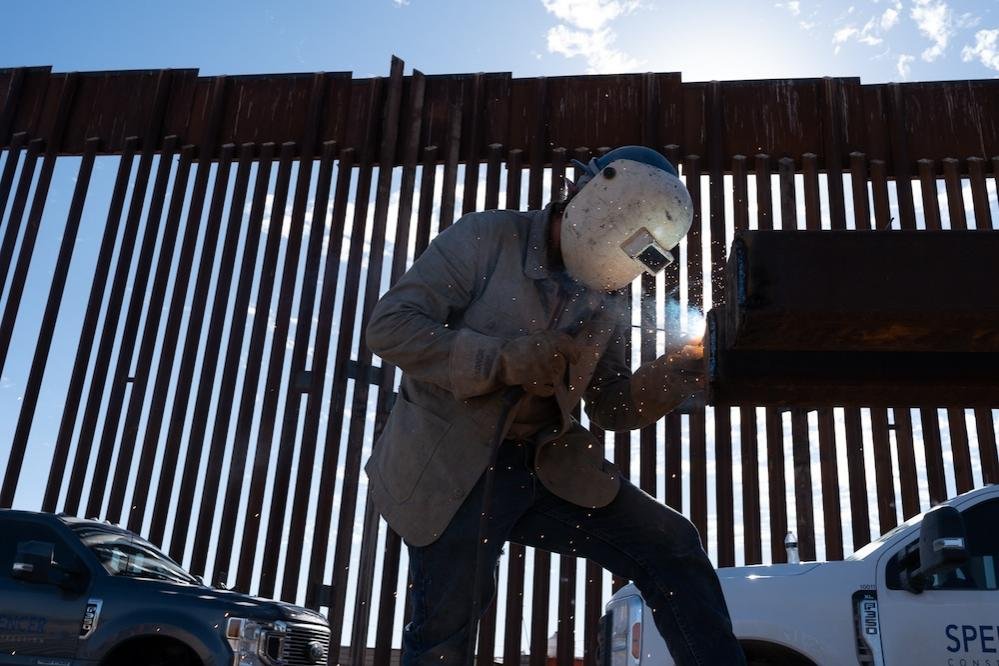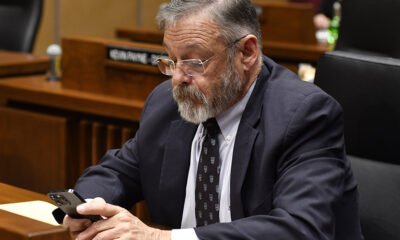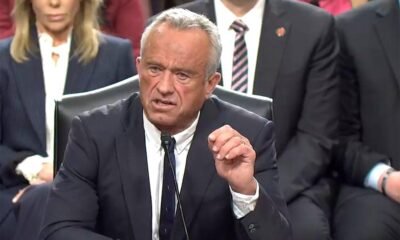border
America’s Growing Reliance on Foreign Doctors Faces Tougher Immigration Hurdles

The COVID-19 pandemic has underscored a critical issue in the U.S. healthcare system: a significant reliance on immigrant physicians. Currently, foreign-born doctors make up about 25% of all physicians in the country, with even higher representation in underserved areas where local physicians are scarce.
This foreign physician workforce is crucial, particularly in the face of a growing shortage of U.S.-born doctors. Factors contributing to this shortage include an aging population and American doctors’ reluctance to work in low-income or rural regions. The preference of many U.S. physicians for higher-paying specialties leaves primary care positions understaffed. Therefore, immigrant doctors play an essential role in filling these gaps in hospitals and clinics nationwide.
While these medical professionals are in high demand, the immigration landscape is becoming increasingly turbulent. Recent studies reveal that foreign-trained physicians face multiple challenges in navigating the U.S. immigration system, as well as stringent foreign licensing requirements. This has led many to view the immigration process as fraught with risk.
Immigrant doctors must secure proper visas to practice. There are two general categories: immigrant and non-immigrant visas. The latter, which includes tourist, student, and exchange visitor visas, restricts holders from having “immigrant intent”—a restriction that complicates the paths for those seeking to settle long-term in the U.S.
To practice medicine in the U.S., immigrant physicians must pass licensing examinations and complete clinical training. While they can begin this process on easier-to-obtain tourist or student visas, the ultimate requirement remains: acceptance into a U.S. residency program. These residency programs are rigorous, often lasting up to seven years, and require foreign graduates to train alongside their American counterparts.
Historically, many immigrant doctors entered residency through H-1B visas, which cater to both non-immigrant and immigrant intents. However, increased restrictions and funding cuts have shifted the majority towards J-1 exchange visitor visas. These visas come with challenges, including a mandatory two-year return to their home countries after residency.
Despite these hurdles, many immigrant physicians opt for the J-1 visa to gain a waiver, allowing them to stay in the U.S. for at least three years if they agree to work in medically underserved areas. However, this can open pathways to exploitation, as some employers may take advantage of the limited mobility these visas impose.
Financial obstacles abound, too. International medical graduates often invest substantial amounts in licensing exams, visa applications, and unpaid training positions to gain necessary experience. Compounding this financial burden, they typically need to excel beyond their American peers in residency applications, resulting in added stress and competition.
The journey does not end after matching into a residency program. Many international medical graduates face lengthy delays for green card approval, placing them in a state of limbo. The average processing time for green cards has significantly increased, creating further uncertainty for immigrant physicians, particularly those from India, who experience some of the longest wait times in the system.
Despite ongoing discussions about reforming the immigration system, little change appears on the horizon. Recent political climates have introduced new barriers, exacerbating the plight of foreign health care professionals. The paradox remains: While the U.S. aims to attract skilled talent, its convoluted immigration policies discourage many from pursuing opportunities in healthcare here.

















